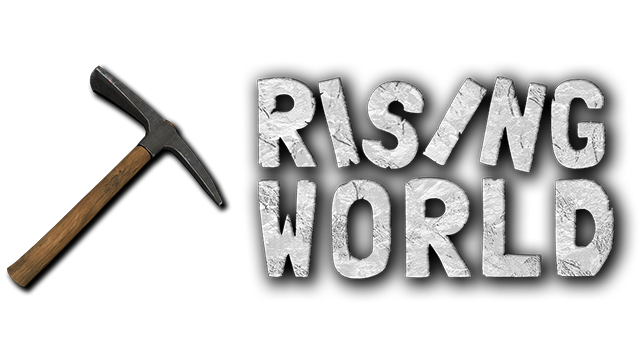More ramblings, this time about 'realism'. As usual, comments, integrations, criticisms are welcome!
The quest of 'realism' looks tricky to me. On one side, it is intriguing: reality is in fact our ultimate meter for any 'simulation'. We like that things behave in a 'realistic' way: things have a weight and fall down (including ourselves and our breakable legs), fruits ripen, water flows (it will sooner or later, willn't it?), doors turn and you cannot pass through walls. So, we likely appreciate that a game like RW will mimic as many aspects of reality as faithfully as possible.
On the other hand, reality is HUGE, hugely DIVERSE and hugely COMPLEX. And the quest for 'realism' is doomed to fail or at least to fall short, VERY short (hugely short), of its target, no matter of the efforts spent.
Partly because each simulation has a limited amount of resources available. But also because not everything can be simulated. And this is my MAIN POINT.
I'll use orienteering as an example. Walk in a countryside and, with a little care and paying some attention, you can usually place yourself reasonably well. Noises, scents, distinctive alignments (or misalignments) of things, the specific shape of a tree, the specific colour of a rock and so on; if you are in an unfamiliar terrain and know you have to come back, even without compass, clock and field for your mobile, with some care and taking some notes, usually you can rescue yourself (unless you are harmed or impeded).
Some of these details cannot be simulated (or are very hard to simulate) by any computer programme; some are quite hard to simulate specifically in a procedurally generated world (like RW's). Estimating angles is one thing when all you have to do is to turn your head and another when you have to rotate the POV of a camera, as in any 3D simulation (this is why looking for a specific point is harder when looking in a binocular); same for guessing distances.
This means that navigating a simulated terrain is HARDER (possibly much harder) than navigating a real terrain. And to keep a 'realistic' difficulty level, some 'unrealistic' help (or short-cut) needs to be added! Which one to add might be a matter of personal attitude and taste, but some must be! The same effect rapidly escalate when more structured tasks are involved.
How does this apply to RW? For all the frustrations, limitations, waiting time which a yet-to-finish programme cast upon us, we are in the privileged position to look at its growth with some margin of influence on it. It is obvious that RW is going to be more 'realistic': I believe it QUITE important to remember that any increase in 'realism' requires a corresponding increase in 'unrealistic' helps and props, otherwise the result will be unbalanced and that we keep confronting our 'realism' requests with this necessity.
Thanks for reading, M.
P.S.: The above thoughts derive mostly from my experience as a programmer in the flight simulation field. It is well known that piloting a general aviation craft is HARDER than in reality (but less risky! ![]() ) and piloting a simulated helicopter is MUCH harder than in reality (which is not easy to start with), because in a simulation we lack a number of hints our body and our senses collect from the real environment which the simulation does not (possibly cannot) convey. The example is quite specific, but I believe a general pattern can be extrapolated.
) and piloting a simulated helicopter is MUCH harder than in reality (which is not easy to start with), because in a simulation we lack a number of hints our body and our senses collect from the real environment which the simulation does not (possibly cannot) convey. The example is quite specific, but I believe a general pattern can be extrapolated.

